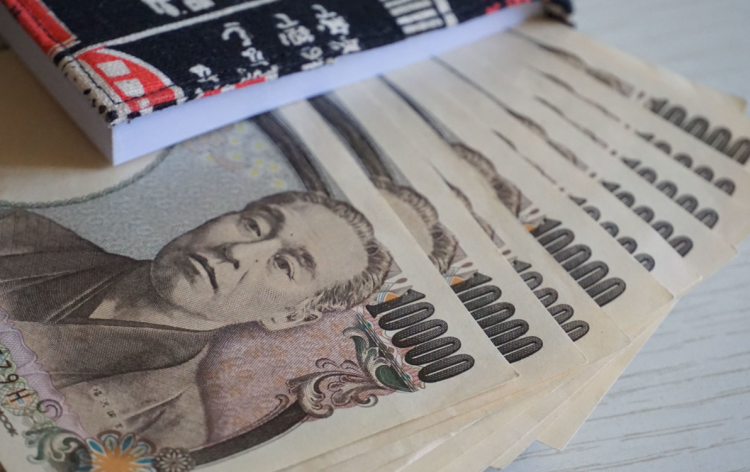Current Price Analysis of JPY – Useful Information for FX Traders

The Japanese yen (JPY) is one of the currencies which has a great reputation and increasing demand on financial markets. Its value has a significant impact on global financial markets, as changes in JPY prices can reflect shifts in global risk sentiment, trade flows, and interest rate differentials. In recent months, the JPY has seen a steady increase in value against other major currencies such as the US dollar and the euro, reflecting a growing demand for safe-haven assets amid increased market uncertainty.
In this article, we explore the recent price changes of the JPY and its implications for financial markets. We examine the factors driving the JPY’s strength, including global economic uncertainty, geopolitical risks, and changes in monetary policy. We also discuss the potential impact of JPY price movements on other asset classes such as equities, commodities, and bonds.
By gaining a deeper understanding of the JPY’s price movements and its relationship with other financial assets, traders and investors can make more informed decisions about their investment strategies and potentially identify new opportunities for profit.
JPY – Features, Trends and Stability
The Japanese yen (JPY) has long been regarded as a haven currency due to its stability and strong reputation. This currency comes after USD and EUR which clearly shows that JPY is very heavily traded on fx and used on other financial markets too.
One reason for the JPY’s stability is Japan’s history of low inflation and deflation, which has helped maintain the currency’s value. Additionally, Japan’s strong economic position as a major exporter of goods and services has also contributed to the JPY’s strength.
However, the JPY’s stability can also be affected by various influential factors such as changes in interest rates, economic data releases, and geopolitical events. For example, the Bank of Japan’s monetary policy decisions can impact the JPY’s value, and economic data releases such as GDP and inflation reports can also affect the currency’s performance.
Geopolitical events such as trade tensions and political uncertainty can also impact the JPY’s value. In times of global economic uncertainty, investors often flock to safe haven assets like the JPY, which can drive up its value.
Overall, the JPY’s stability and strong reputation have made it a popular choice for traders and investors seeking a safe haven currency. However, traders must remain vigilant of influential factors that can impact the currency’s performance, as even a slight shift in economic or geopolitical events can lead to significant fluctuations in the JPY’s value on the forex market.
Current Price Analysis for JPY
The Japanese Yen concluded March with a modest performance, giving up some of its earlier gains. On March 9, the SVB Bank crisis created fears of a potential fallout, and investors flocked to safe haven assets, resulting in the Yen’s boost.
However, the overall sentiment improved over time, and the Euro had a notable increase during the final week of March, leading to the Yen’s decline. As of now, the EUR/JPY is back to its pre-SVB Bank crisis level of around 145.00, while the Yen remains vulnerable. Based on the currency strength chart, the Yen is the second weakest currency as the European session began.
Despite the US dollar’s recent struggles, USD/JPY surprisingly continued its rally, indicating the Yen’s pressure in the second quarter’s beginning. Although short-term upside continuation is possible for USD/JPY, there are numerous technical challenges to overcome at the current level.
On the other hand, EUR/JPY has surged around 600 pips since its support at the 139.00 level during the SVB Bank crisis. Yesterday, the USD/JPY opened with a small gap, but it failed to close above the 133.00 resistance level and the 50-day MA, with the 100-day MA just below the 134.00 handles. A break above the 100-day MA could result in a significant rally to the 135.70-136.00 area.


























Comments (0 comment(s))